- Genuinely luxurious interior
- Grunty 2.5L turbo petrol engine
- Comprehensively equipped
- Can be thirsty when pushed
- Azami grade is expensive
- Short 10k service intervals
Ever since we started DiscoverAuto not even six months ago, all we’ve been talking about are SUVs. And with good reason too – they’re selling like hotcakes at the moment the world over. I’m afraid to say here’s yet another one, but spoiler alert: this one is utterly fantastic. It’s the 2020 Mazda CX-9 Azami and it’s the flagship Mazda SUV. If you’re looking for a seven-seat road-going SUV for under $70,000, the CX-9 should be at the top of your test drive list. Let’s explore why.
Price & Specs: 8.0/10
There are four grades of CX-9 in Australia: the entry level Sport, the mid-spec Touring, luxe GT and top-shelf Azami that we tested. All variants are well equipped, especially with active safety equipment: low- and high-speed auto emergency braking (AEB) with pedestrian detection, lane departure warning with lane keep assist, adaptive cruise control with stop and go functionality, LED lighting with front and rear daytime running lights (more cars need this feature), blind-spot monitoring with rear cross-traffic alert, tyre pressure monitoring, auto high beam, a reversing camera with rear parking sensors, reverse auto braking, a colour heads-up display and driver attention monitoring are standard across the whole range.
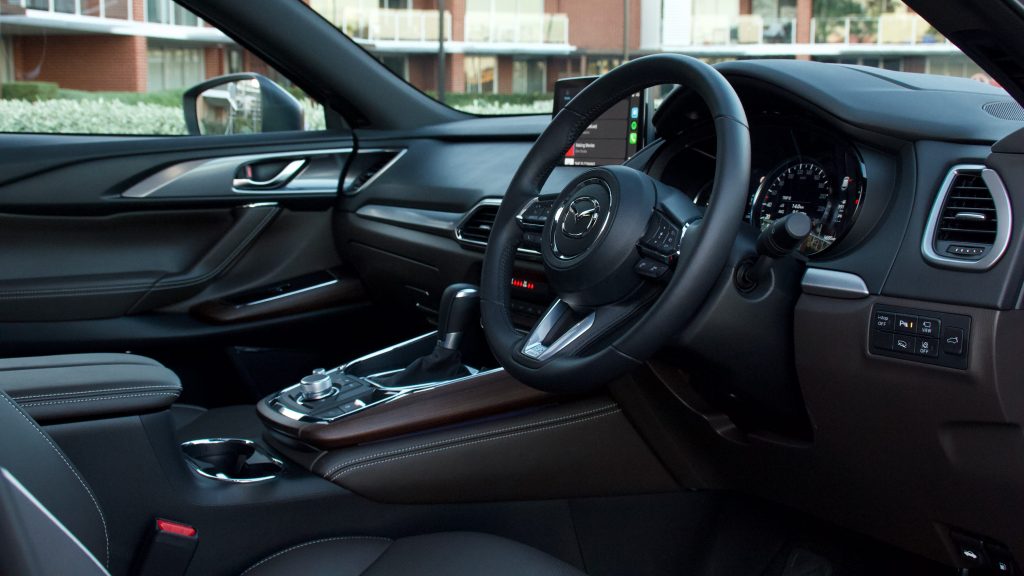
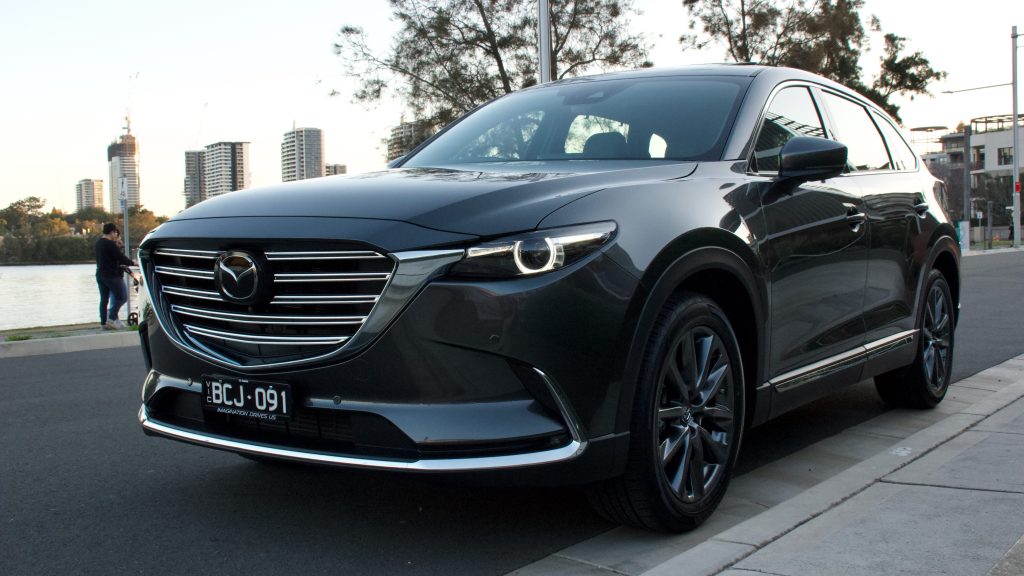
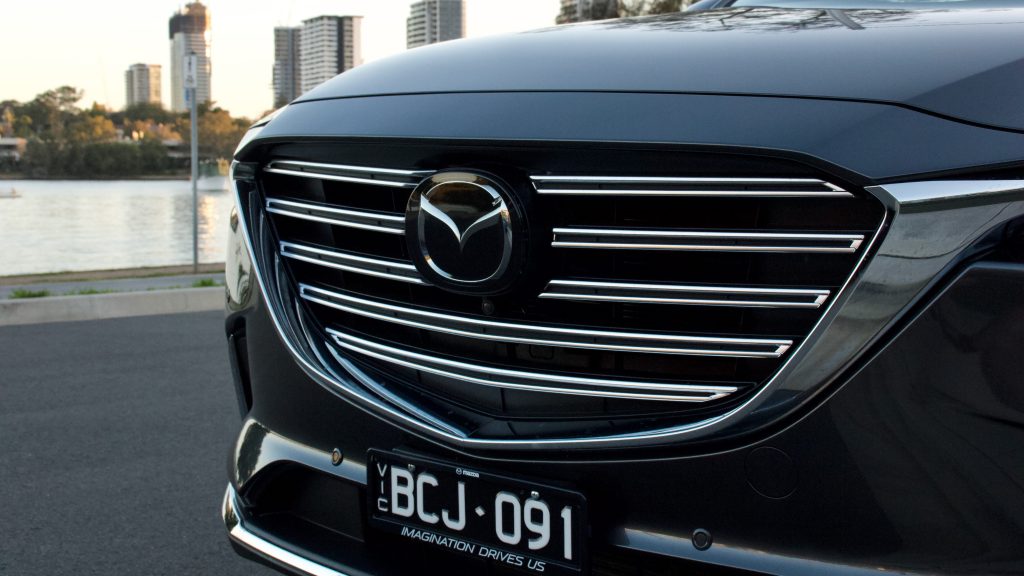
The $45,990 drive away (AWD costs $4,000 more on each grade) Sport is also equipped with 17-inch alloy wheels, heated/auto-folding mirrors, tri-zone climate control, auto lights and wipers, an auto-dimming rear mirror and a 7.0-inch touchscreen with Apple CarPlay, Android Auto, inbuilt satellite navigation and digital radio.
The $52,740 drive away Touring builds on the Sport’s equipment with a bright finish to the wheels, leather upholstery, LED front fog lights, eight-way driver/six-way passenger electric seat adjustment, heated front seats, a 9.0-inch touchscreen, a rear centre armrest with two USB charging ports, keyless entry and start and front parking sensors. If you can do without the extra bling of higher up models, the Touring is the value pick of the CX-9 range.
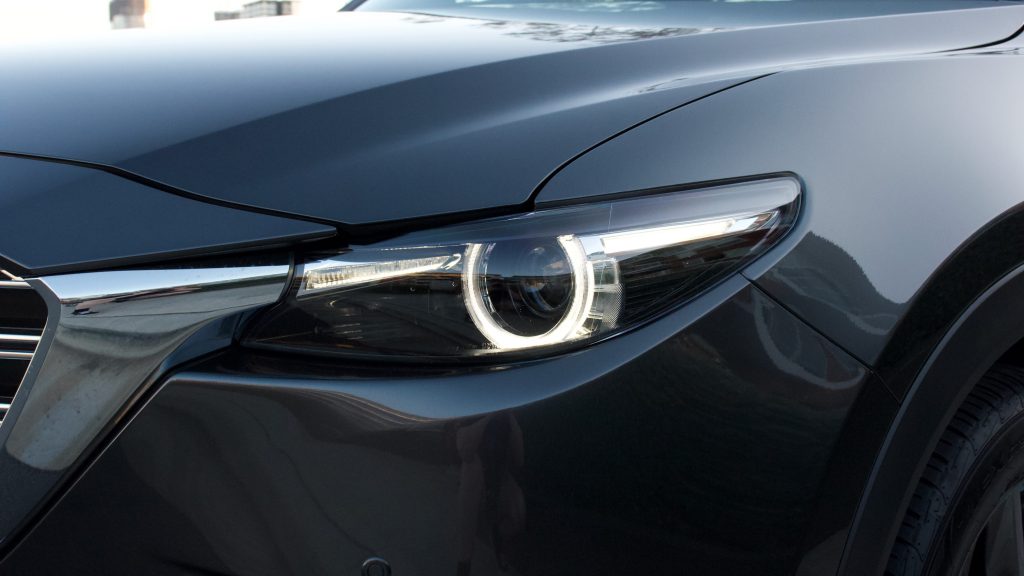
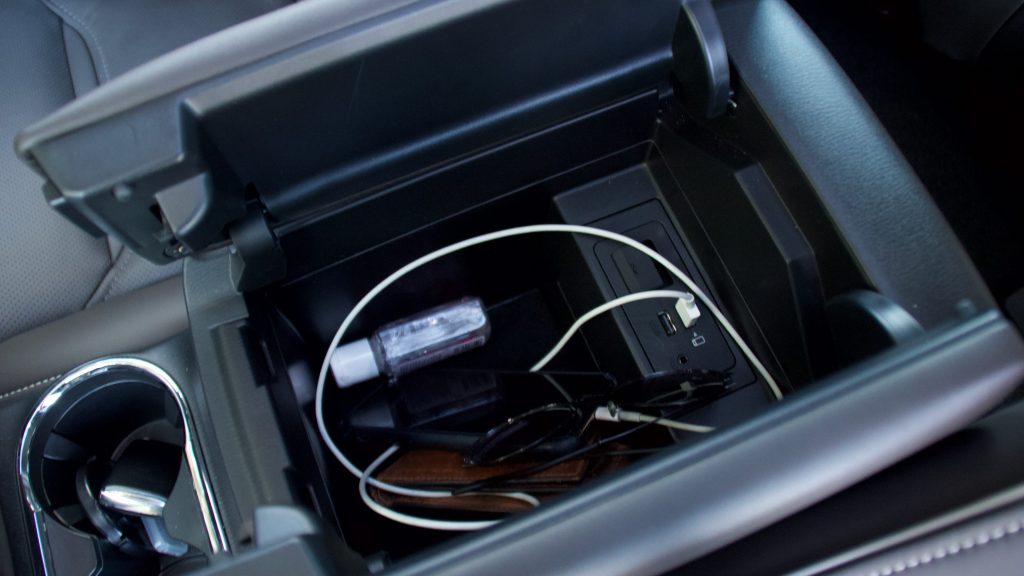
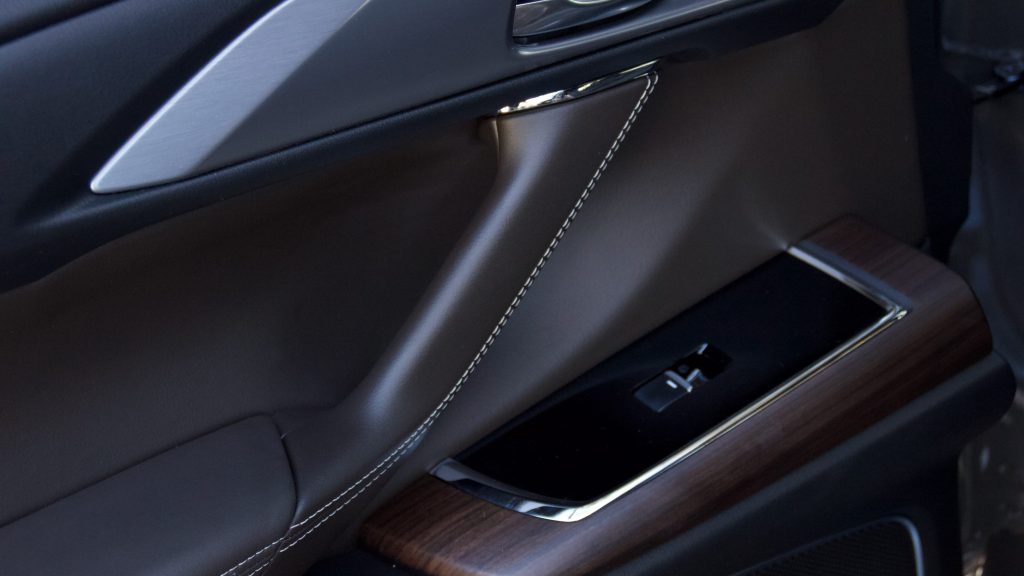
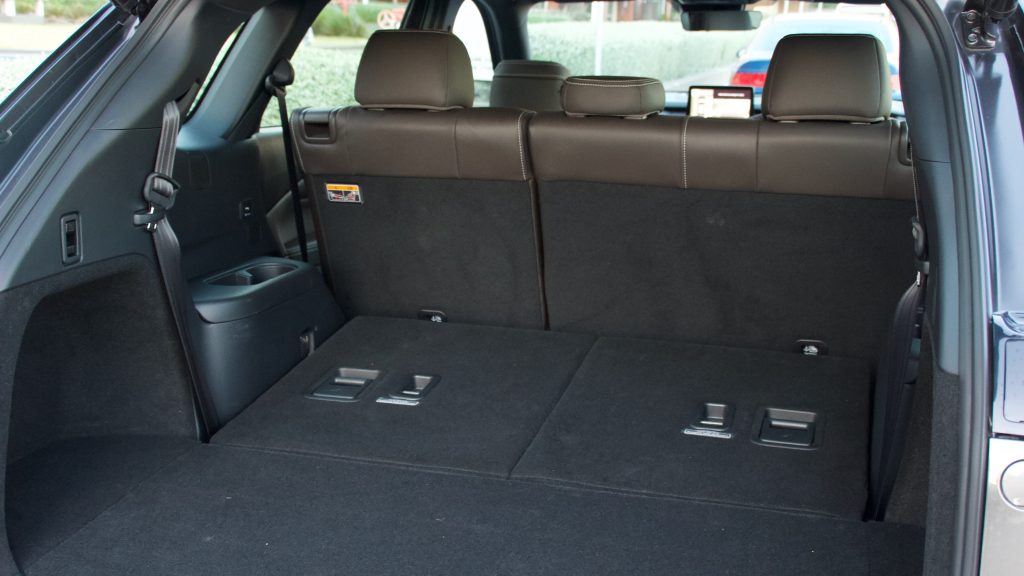
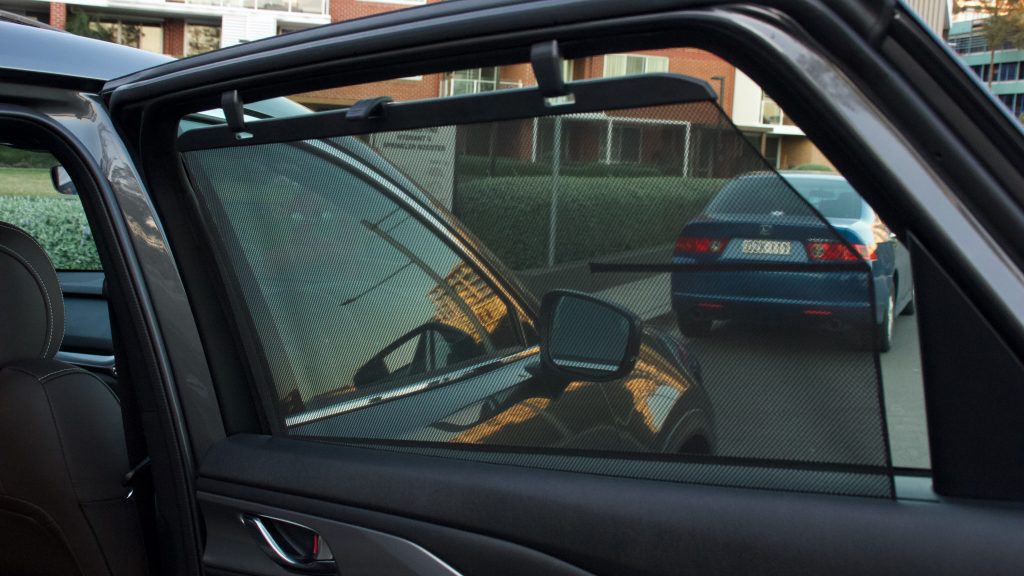
The $61,990 drive away GT adds 20-inch alloy wheels, an electric tailgate with hands free functionality, a sunroof, 10-way electric driver’s seat adjustment with memory settings, heated middle row seats, inbuilt rear door sunshades, third row USB ports and a 294-watt 12-speaker Bose sound system.
The $66,485 drive away Azami then adds Nappa leather upholstery in dark brown or white, Matrix LED headlights with LED daytime running lights, a digital driver’s display, ventilated front seats, a 360-degree parking camera and extra luxury touches including more stitching, a heated steering wheel, wood trim, centre console LED ambient lighting and a unique overhead console.
Aside from all-wheel drive, there are no options for the CX-9 range – just $495 ‘Soul Red Crystal’ or ‘Machine Grey’ paintwork – all other colours are free of charge.
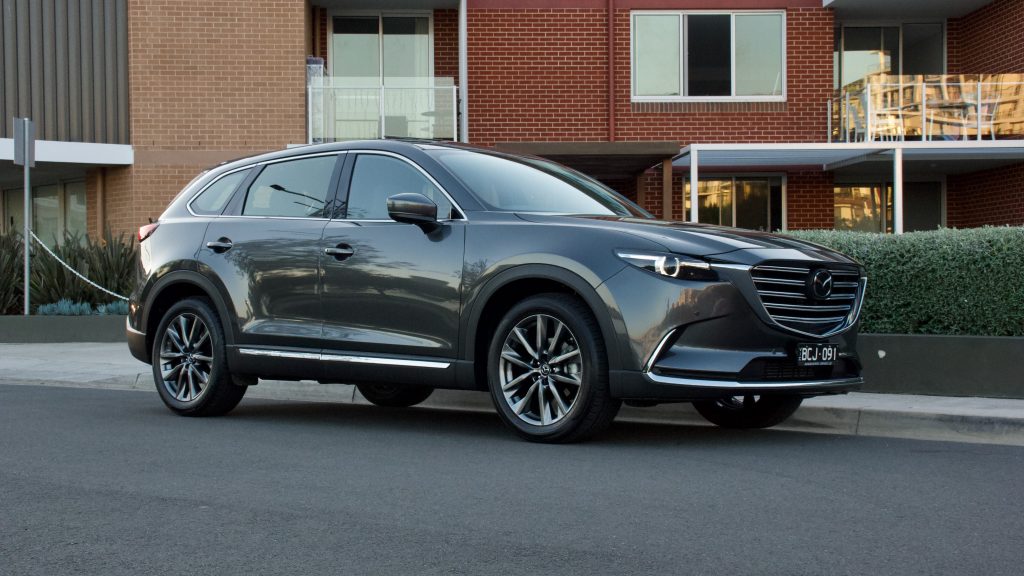
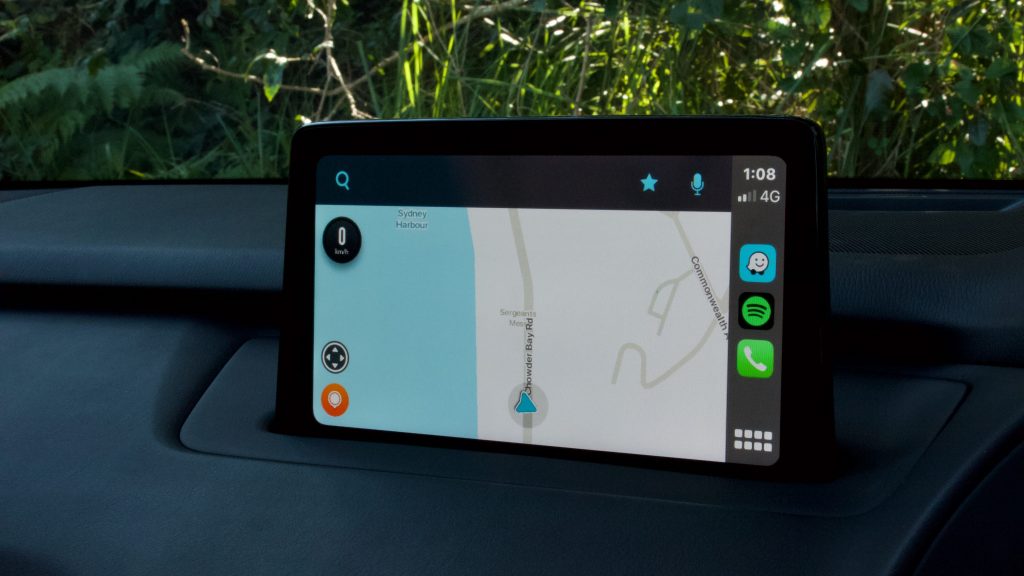
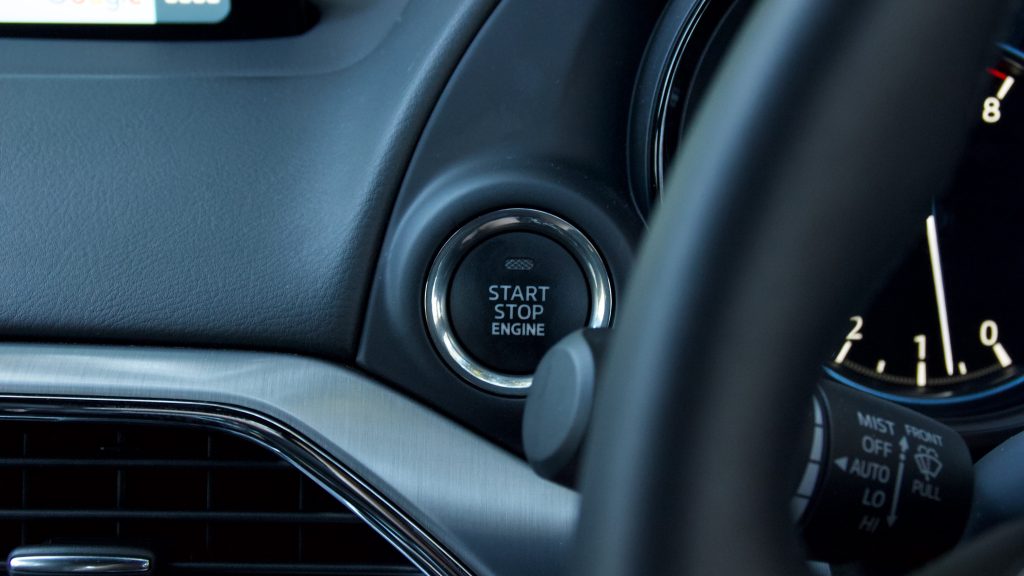
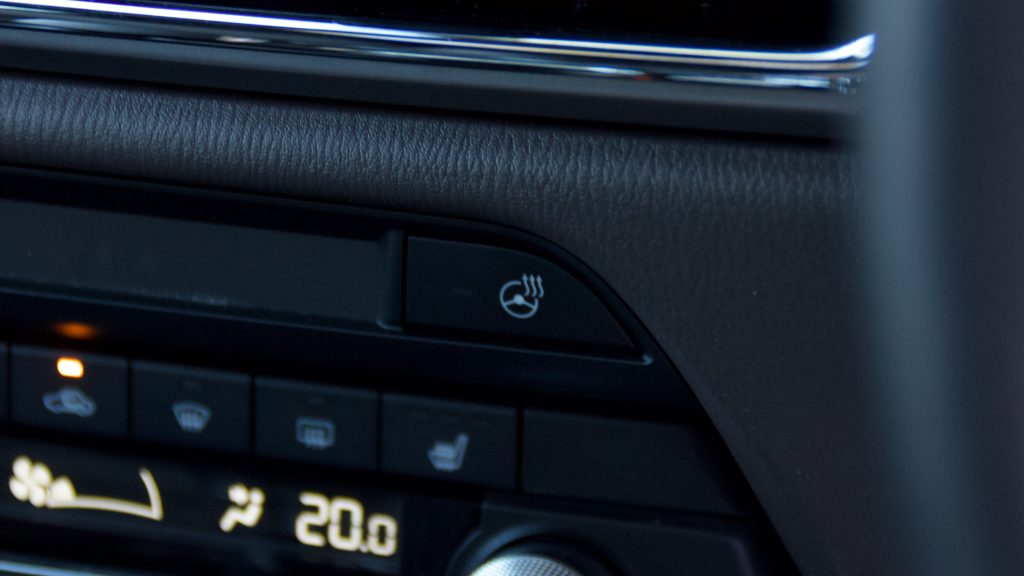
Competitors to the 2020 Mazda CX-9 Azami come from far and wide: if you’re looking for a car-based seven-seat crossover, there’s the Skoda Kodiaq, Hyundai Santa Fe, Kia Sorento and even Mazda’s own CX-8. More off-road focused competitors include the Mitsubishi Pajero Sport and Ford Everest.
At over $70k drive away though, the 2020 Mazda CX-9 Azami is more expensive than key rivals such as the $60,990 drive away Skoda Kodiaq Sportline (fully loaded), $64,990 drive away Kia Sorento GT-Line AWD and the $66,850 Hyundai Santa Fe Highlander – especially when they include equipment such as a panoramic glass roof and auto parking (both of which are unavailable on the Mazda).
Performance & Economy: 8.5/10
Unlike many competitors (and the previous generation Ford-based CX-9) that use big petrol V6s or four-cylinder diesel engines, the 2020 Mazda CX-9 is powered by a 2.5-litre turbocharged four-cylinder petrol engine. Peak power is 170kW and peak torque 420Nm, though filling it with premium unleaded pushes those figures to 184kW and 434Nm. All CX-9s use a six-speed torque converter auto, and power is put to the front wheels, or optionally through all four like our test car.
While it sounds like Mazda’s own naturally aspirated 2.5-litre engine at idle, punching the throttle proves that this engine has serious grunt. The full 420Nm of torque hits at just 2,000rpm and you’re pushed back into your seat, and the 0-100km/h sprint takes around 7.5 seconds, which is not too shabby for a two-tonne SUV.
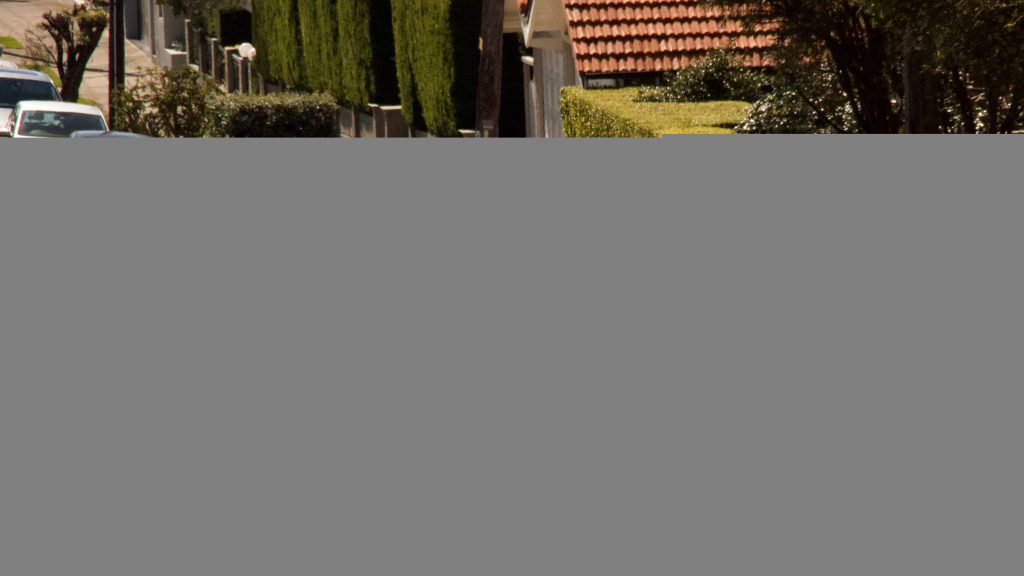
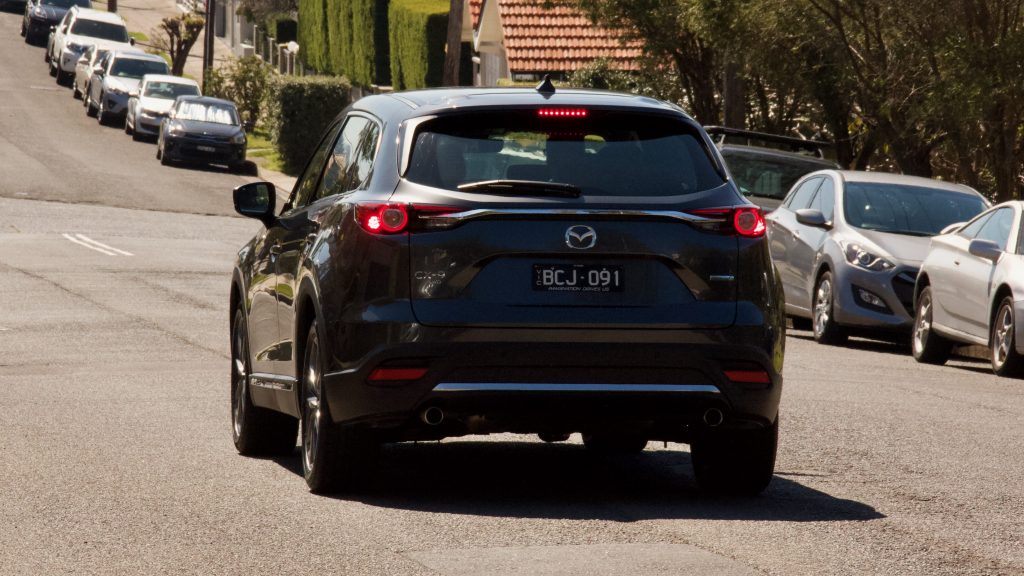
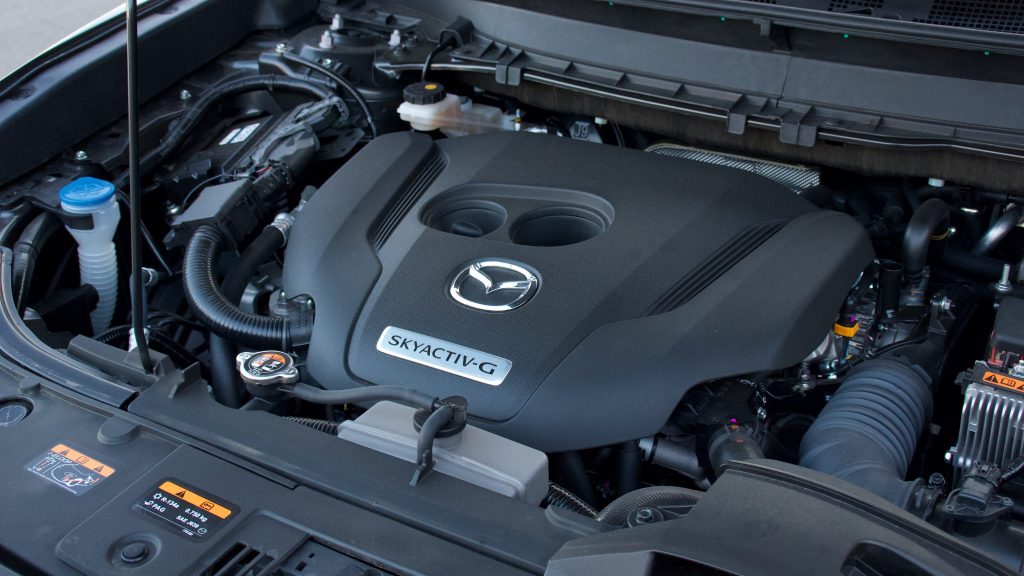
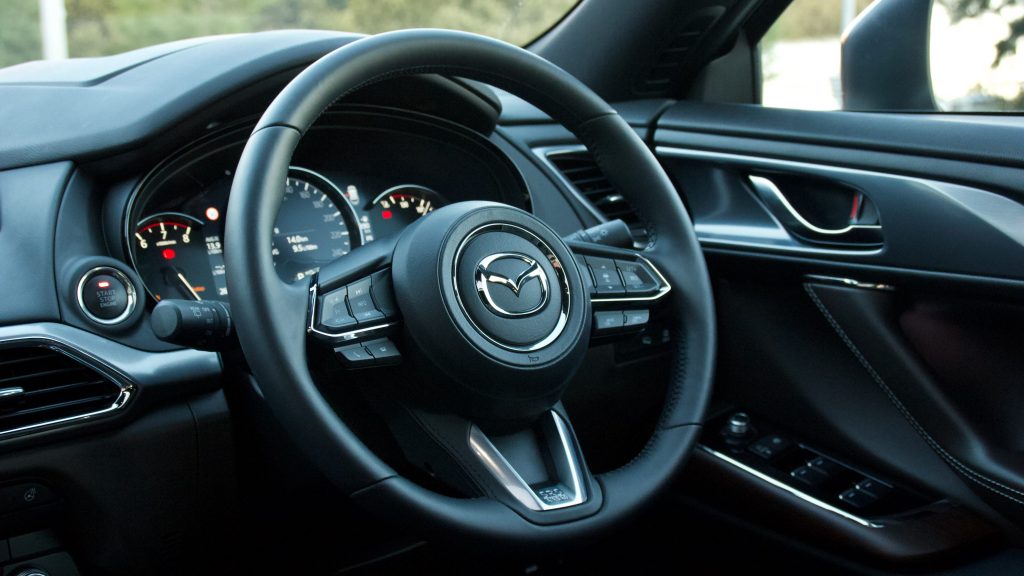
In its development, the 2.5L turbo’s power delivery was based on Mazda’s own four-cylinder diesel (though with much more power) with most of the grunt produced low in the rev range for better fuel consumption than the V6 it replaced. Because of that, it can feel like all the power is gone by 4,000rpm thanks to peak torque being produced at just 2,000rpm – and in that case, there’s no real reason to rev this engine (much like a diesel). Like other current Mazda engines, it’s not audibly amazing, though it really does sound quite muscular when being revved out.
The CX-9’s six-speed automatic is shared with every other Mazda and despite not offering seven or eight gears yet, it’s one of the best on the market. It’s extremely intuitive, fuss-free and with a sport mode, ready to have some fun.
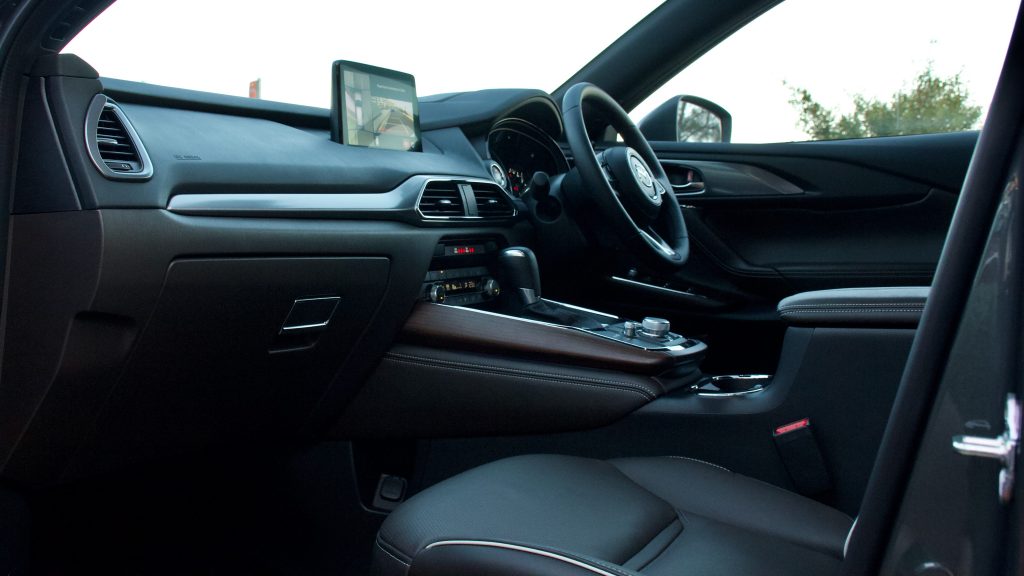
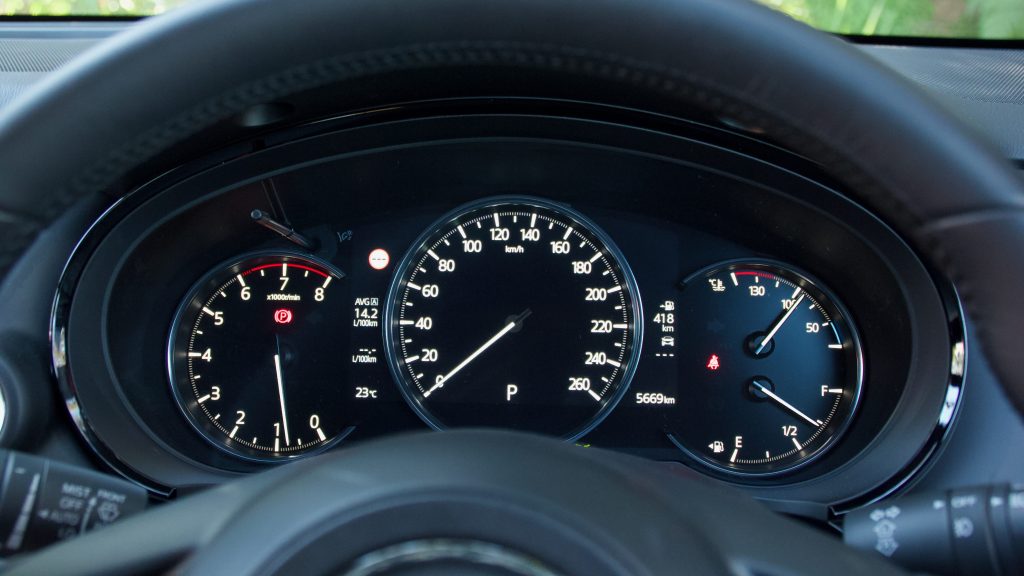
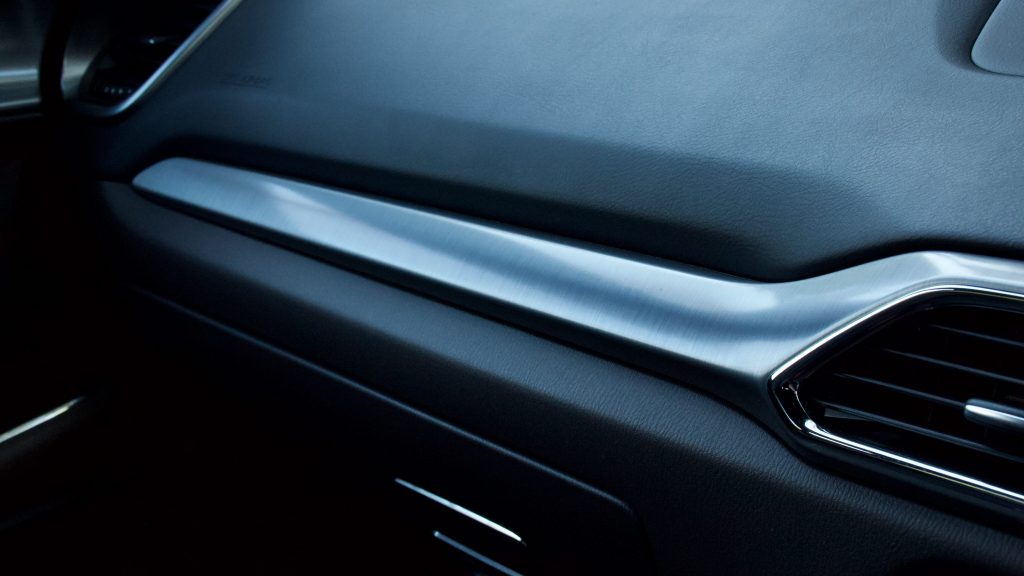
Mazda claims a combined figure of 8.8L/100km for the all-wheel drive CX-9, but in our time with the car that was skewed heavily towards urban driving, we got around 13L/100km. Having said that, a highway run did result in 6.7L/100km, so it can be efficient when the correct conditions are on offer.
Ride & Handling: 9.0/10
The 2020 Mazda CX-9 Azami also exhibits an excellent ride and handling balance and really is the big SUV for drivers (if such a thing exists). While the ride isn’t soft, it is still taught and compliant, and the suspension settles quickly after bumps despite riding on huge 20-inch wheels.
The steering is quite direct, though with reasonable feel, and despite its size, it’s a fun thing to chuck into corners. Mazda is very much an engineer-led company and the driving dynamics of all its products are excellent from the MX-5 roadster to even a big bus like the CX-9.

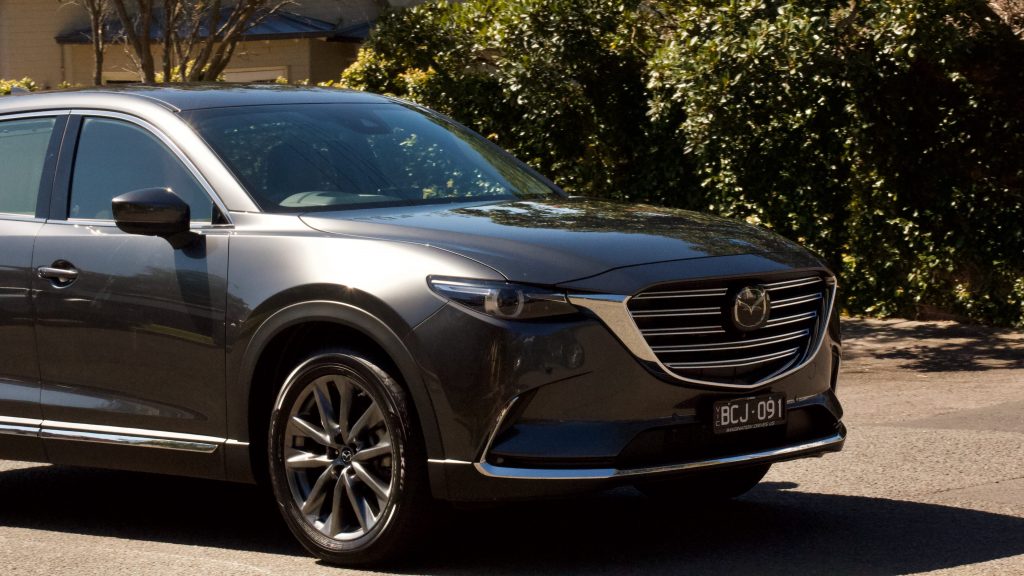
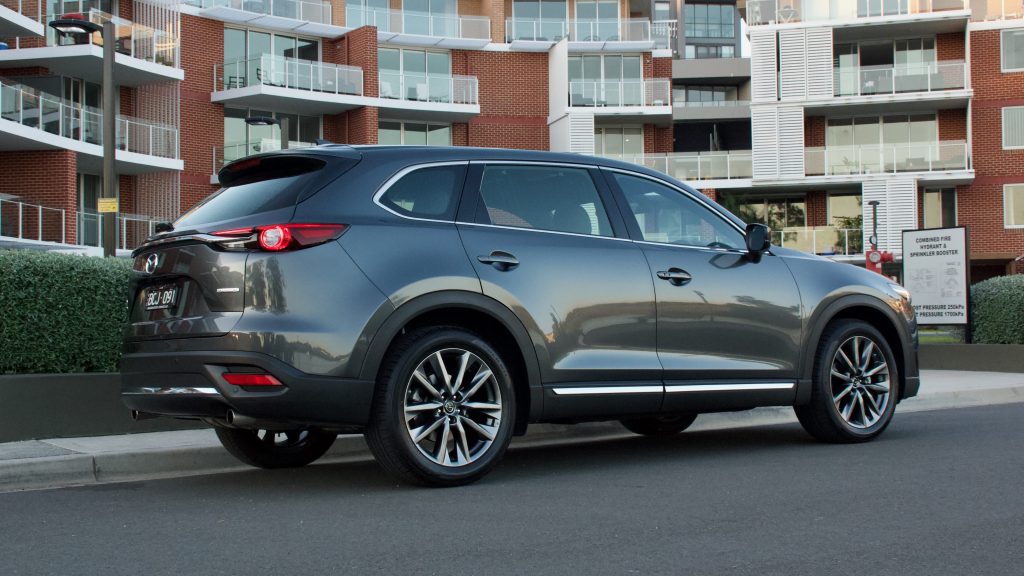
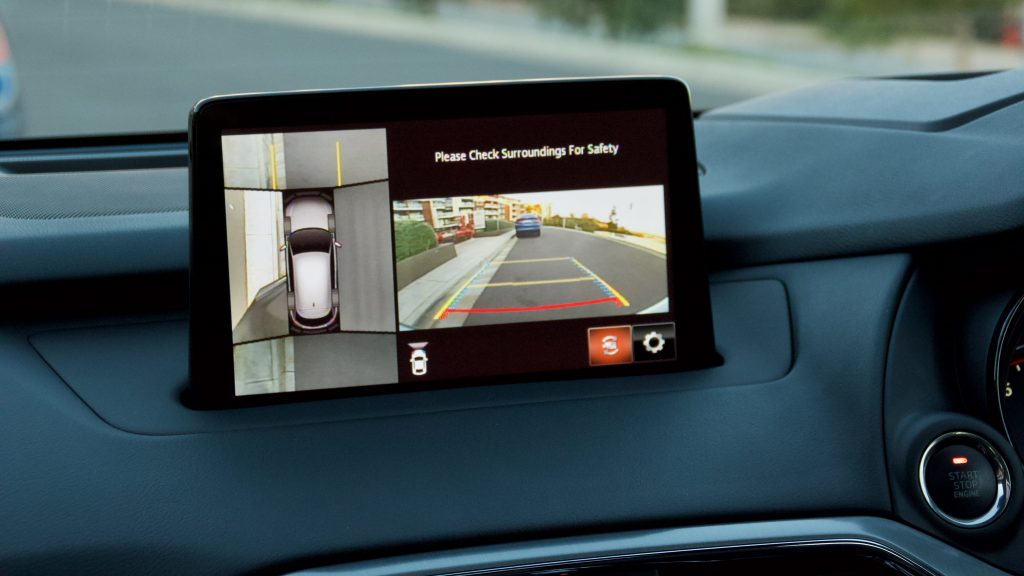
Front-wheel drive is standard on all CX-9 models, though all-wheel drive can be added for a steep $4,000 extra on each model. Adding the predictive AWD system doesn’t turn the CX-9 into a mountain goat in off-road ability despite featuring Mazda’s new off-road traction assist system, which is more of an off-road tune of the stability control to help with dirt roads and other low-grip conditions. It does add more security on wet roads, and in harder driving you can feel the power being sent to the rear wheels to aid traction.
Visibility in the CX-9 is reasonable with large mirrors and big windows, though the high waist line can be annoying. The 360-degree camera really helps with parking. Mazda has also made a big effort to make its products more refined over the years and despite the huge wheels, the cabin of the CX-9 is very hushed for both wind and road noise. A gentle cruise with your favourite music genuinely feels like you’re wearing noise cancelling headphones – it’s an absolutely serene experience.
Interior & Practicality: 9.0/10
Mazda has been pushing for a more premium image over the past few years and while its newer products such as the Mazda3 and CX-30 have allowed the company to design with a blank canvas, even the CX-5, Mazda6 and this CX-9 show that even its older cars offer excellent quality and genuinely luxurious interiors.
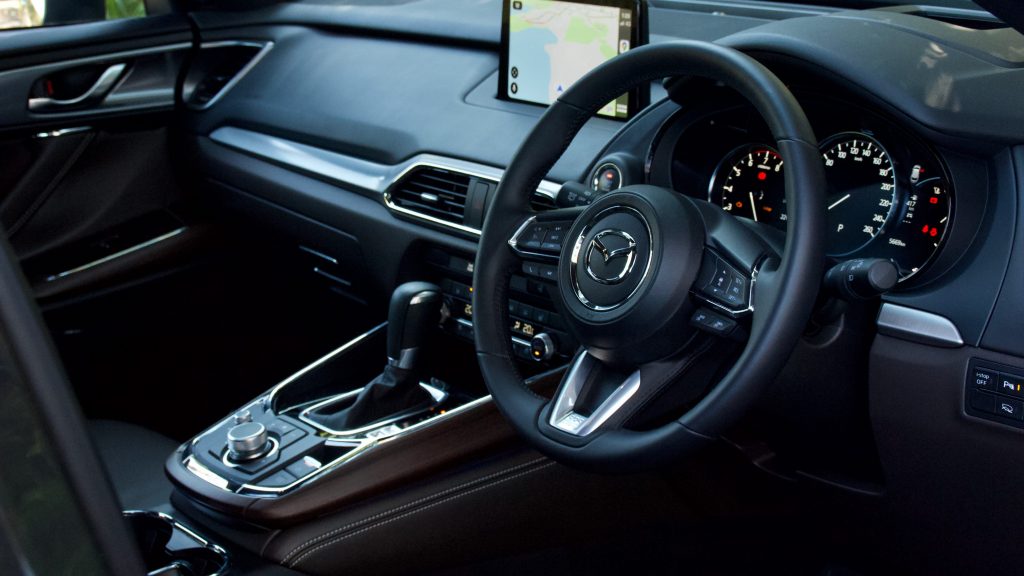
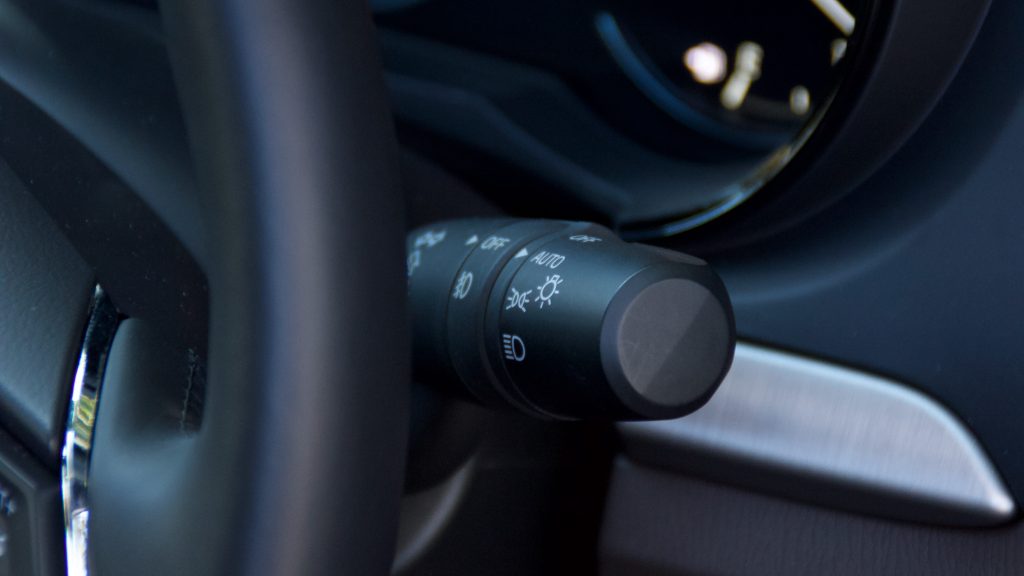
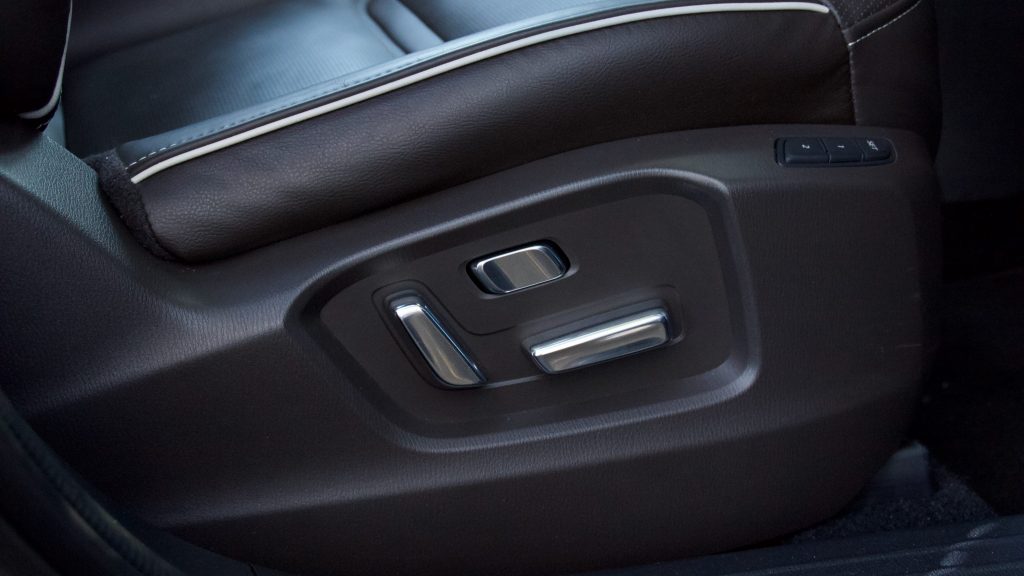
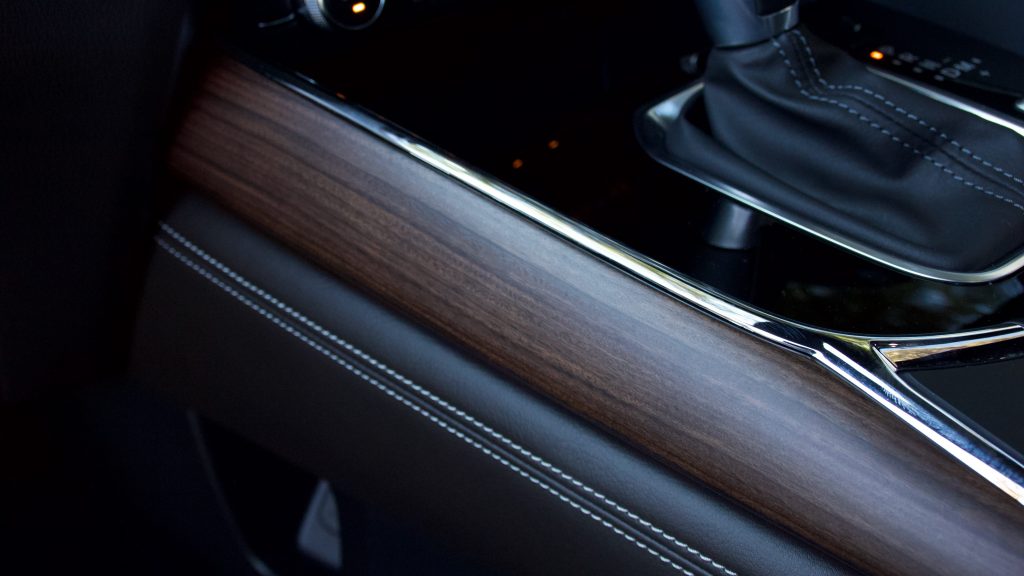
This luxurious feel is hard to match in the CX-9’s class. Every material in the cabin is of excellent quality from the soft-touch dashboard and door trims, chrome metal parts on the centre console, AC controls and steering wheel, sumptuous Nappa leather upholstery, the leather on the centre console and doors with real stitching to the wood trim and ambient lighting – this cabin really is best in class.
Centre of the 2020 Mazda CX-9 Azami’s cabin is a 9.0-inch touchscreen from Mazda’s MZD Connect family. This means that it uses a rotary dial on the centre console to control it above 7km/h – below that it’s a touchscreen – and it’s intuitive and very easy to use, even while Apple CarPlay and Android Auto are in use. The screen isn’t the highest quality unfortunately, and it can be clunky with the new features that Mazda has added to it over the years – the 360-degree camera is slow to function sometimes, for example.
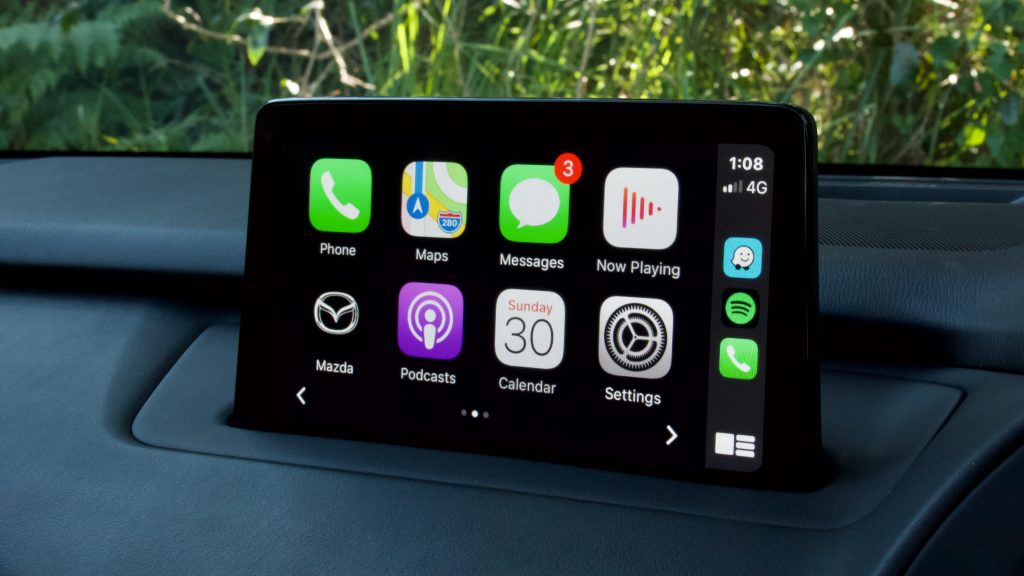
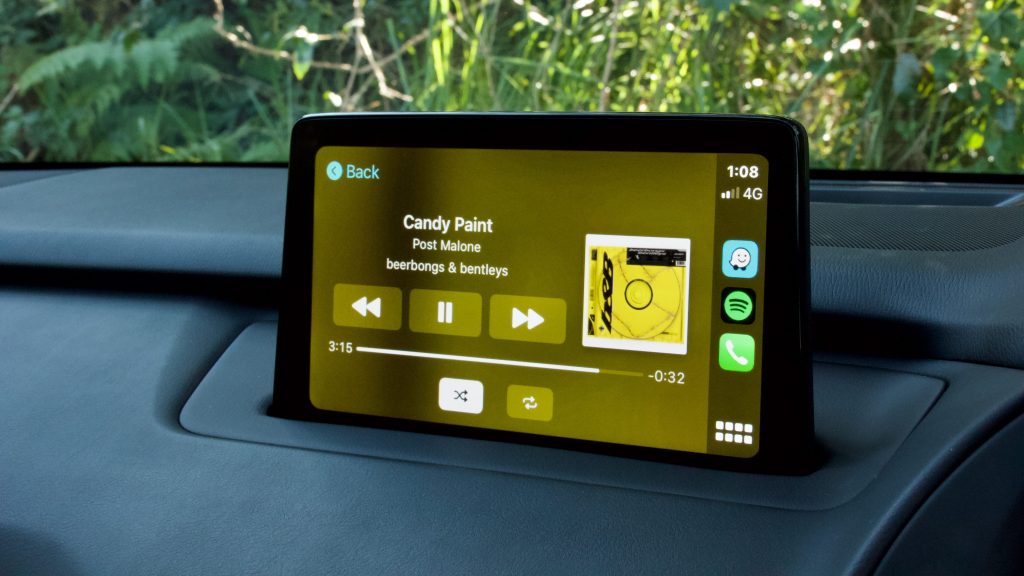
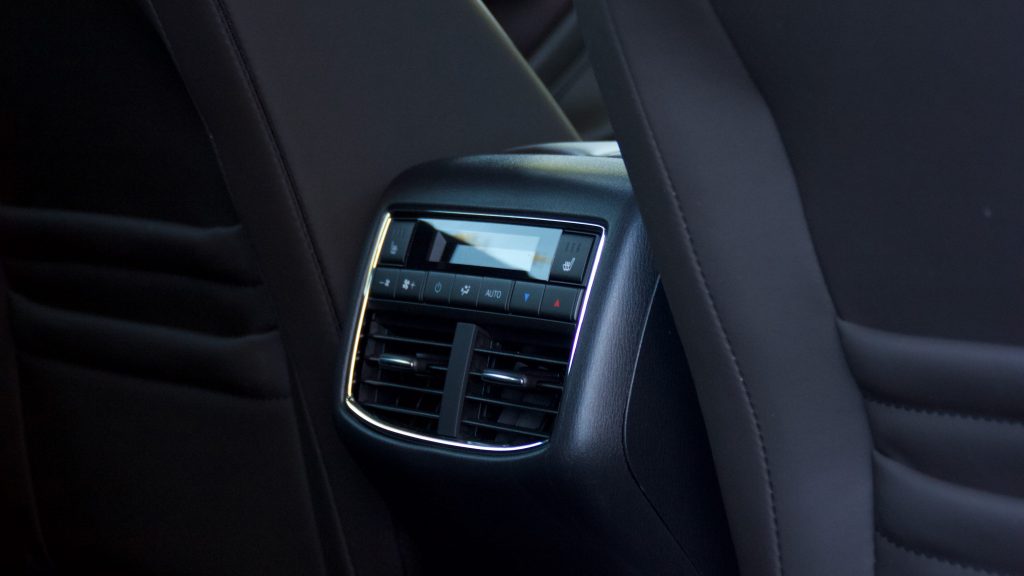
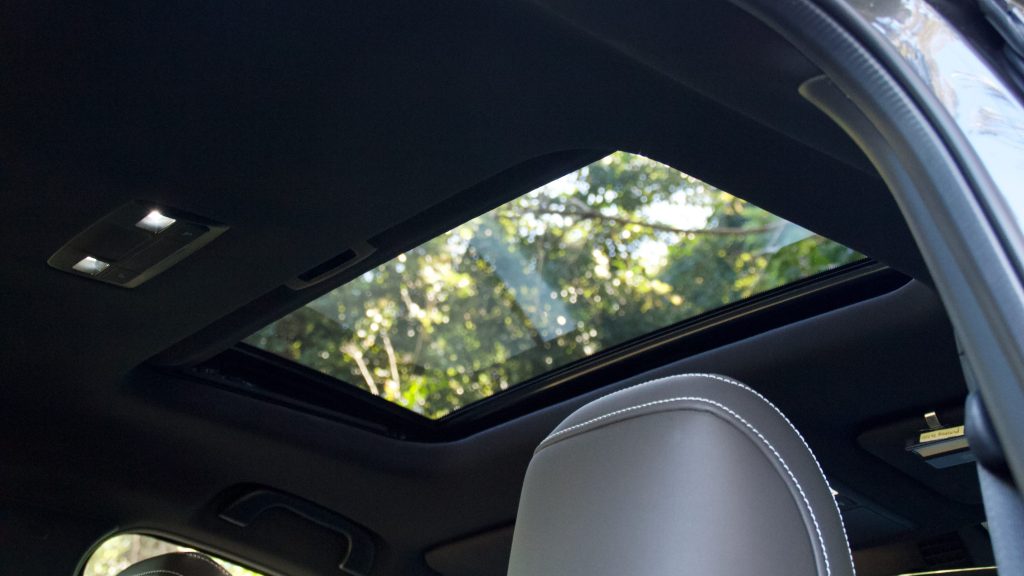
Thankfully, the new Mazda Connect system in the Mazda3 and CX-30 is due to hit the CX-9 later in 2020 with a larger 10.1-inch screen, which will greatly improve the user interface. As with a lot of other Mazda products, the Bose sound system – in this case a 294-watt, 12-speaker unit – is excellent with strong bass and great clarity too.
All CX-9s in Australia feature seven seats as standard and while the third row of seating is, much like rivals, a kid-only zone, it’s still a spacious and airy cabin. The middle row in particular offers vast head- and legroom, as well as a third climate zone, inbuilt sunshades in the doors, heated outboard seats and a centre armrest which curiously features two USB charge ports – shouldn’t they be mounted on the rear of the centre console instead?
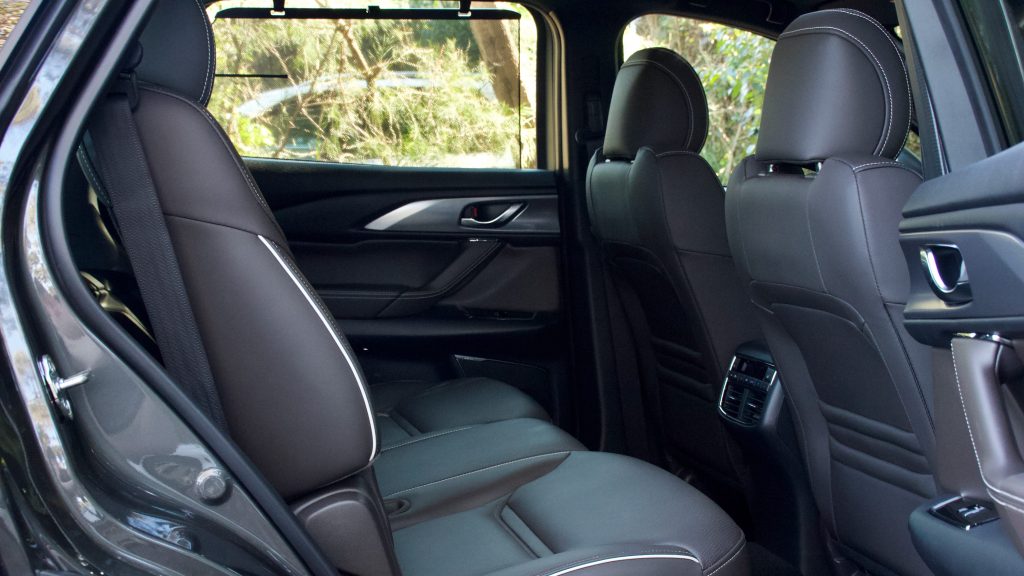
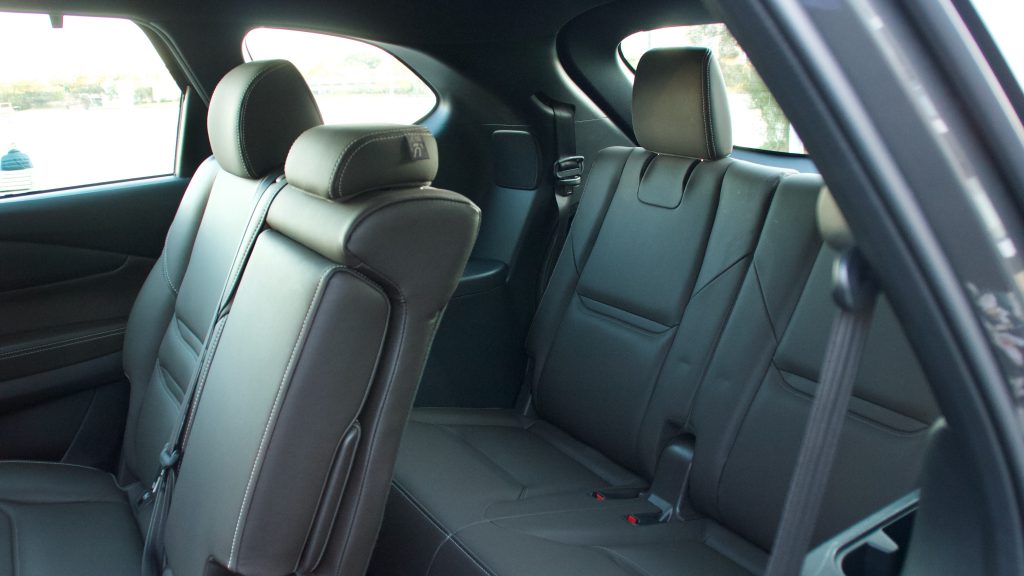
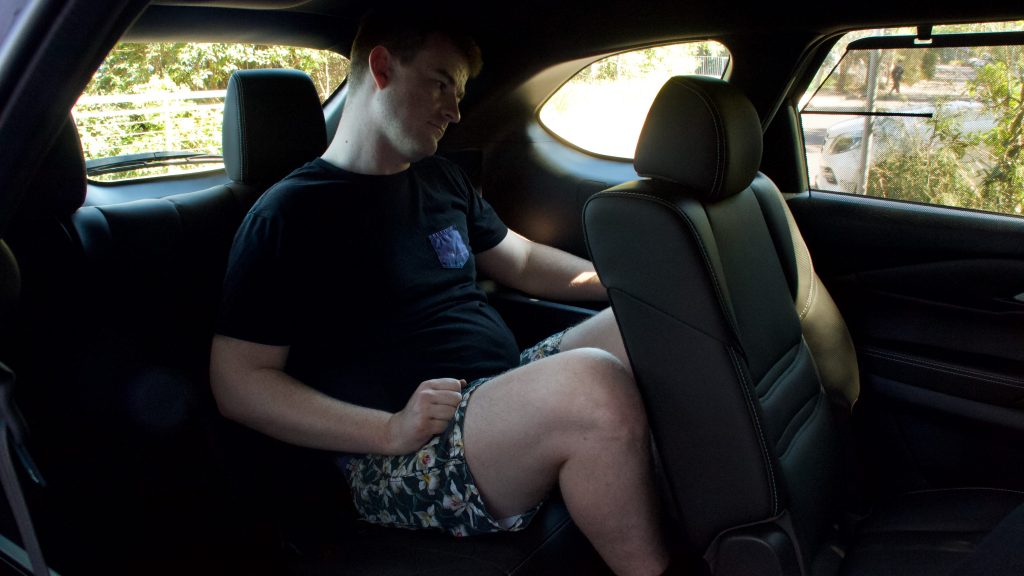

The third row is more snug thanks to the low roofline, though there are still cupholders and two USB ports to keep devices charged. The curtain airbags extend the whole way, though there are no third row air vents. Getting into the second row is easy thanks to an easy access button on the second row, which allows the middle row to slide forward with a child seat still mounted for access to the third row.
Measuring 5,075mm long, 1,969mm wide and 1,747mm tall, the CX-9 is a giant – it’s a full 305mm longer than a Santa Fe. Behind the third row of seats, 230L of space is found and behind the second row, 810L is on offer and folding the second row results in 2,016-litres of available space, which is bigger than the Santa Fe’s 1,625L maximum. Both rows of seats fold completely flat, though there’s no cargo cover – it is available as an accessory if you regularly fold the third row down. There is a space-saver spare wheel located under the boot floor as well.
Warranty and Running Costs: 7.5/10
All new Mazda products in Australia come with a five-year/unlimited km warranty with five years of roadside assistance. They also feature capped price servicing, and five years/50,000km of servicing costs $2,202 ($440 per service) – though keep in mind that the CX-9 has short 10,000km intervals when many rivals have 15,000km or further. This means that travelling further will result in more services and added cost.
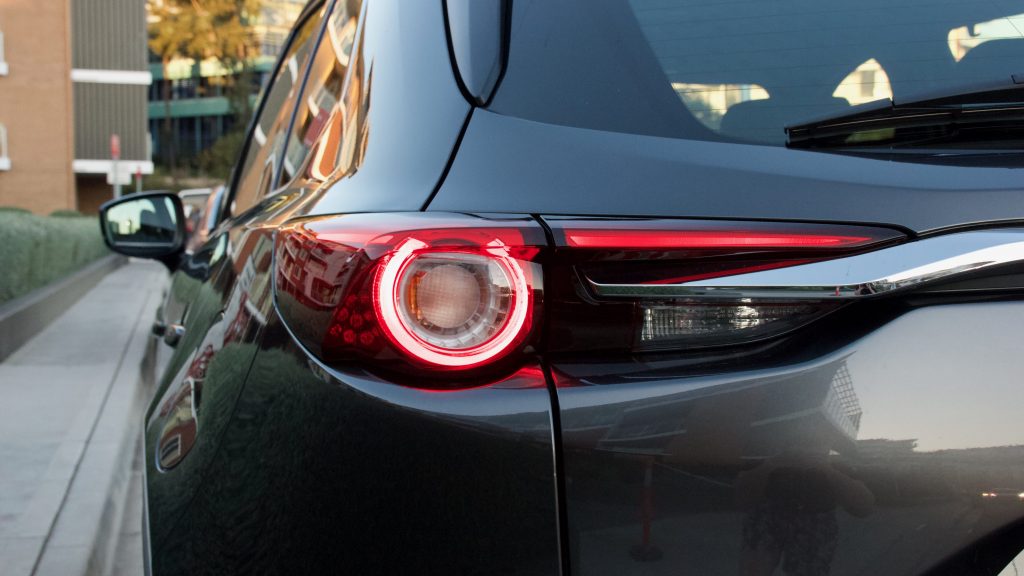
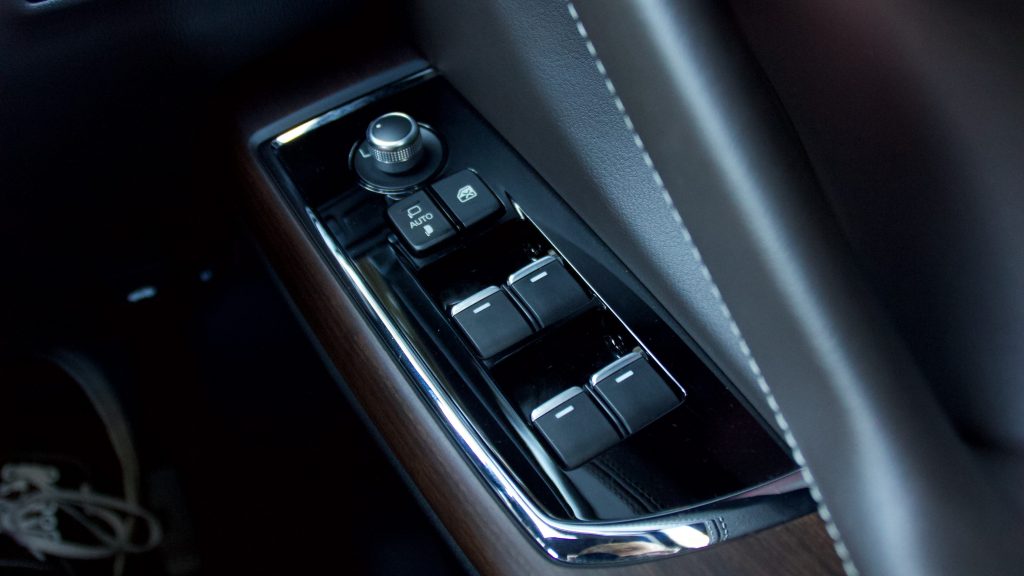

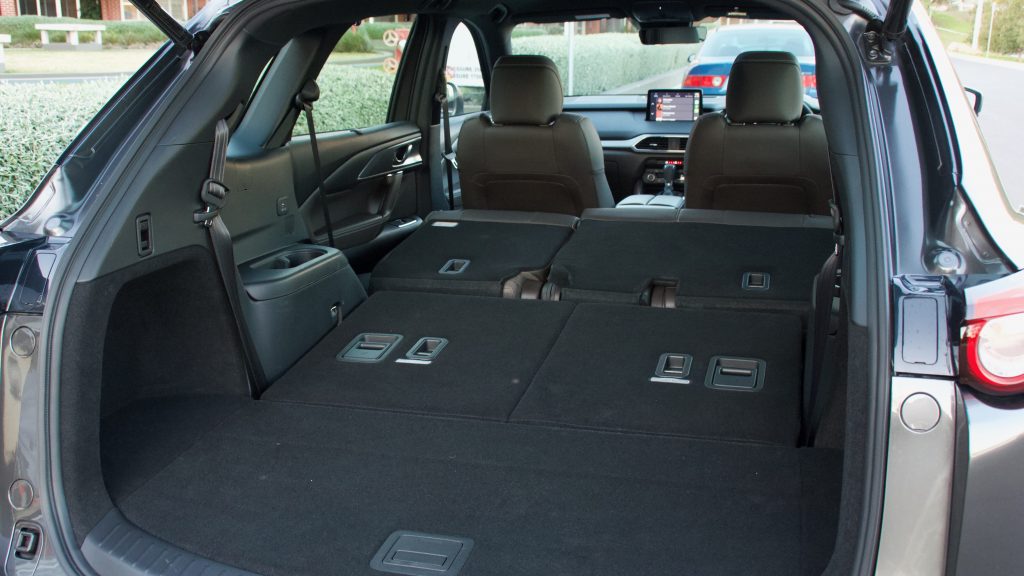
Servicing a Kia Sorento diesel to five years costs $2,398 ($479 per service) though that’s to 75,000km – 25,000 more than the Mazda. A Hyundai Santa Fe diesel comes in at $2,239 ($447 per service) though like the Kia, that’s to 75,000km. A five year/75,000km service pack costs just $1,700 on a Skoda Kodiaq ($340 per service).
2020 Mazda CX-9 Azami DiscoverAuto rating: 8.5/10
Although it’s slightly more expensive than key rivals, we don’t believe there to be a better entrant in the seven-seat SUV segment than the Mazda CX-9. There are more spacious competitors and ones that offer better infotainment systems, but none drive so well, nor are they as luxurious on the inside. Mazda’s push upmarket is evident in all its new models, and as the most expensive Mazda available, the CX-9 Azami is a serene environment to haul your family.
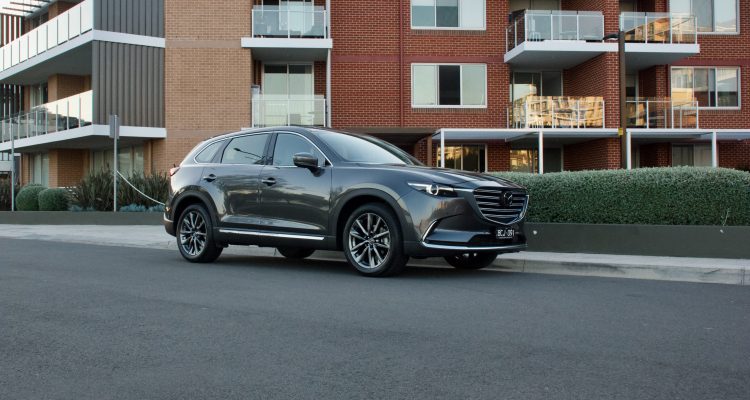
Leave a Reply